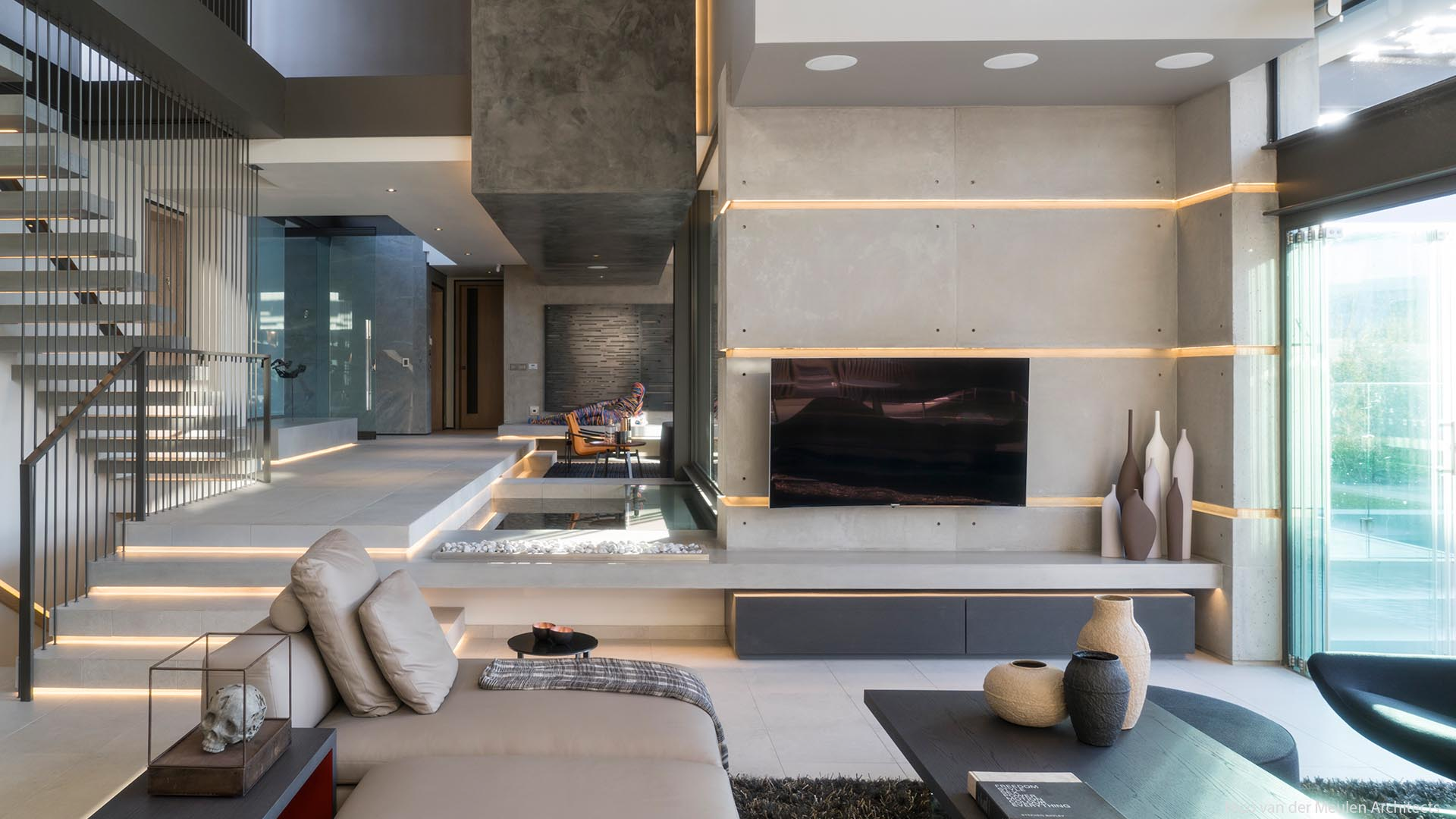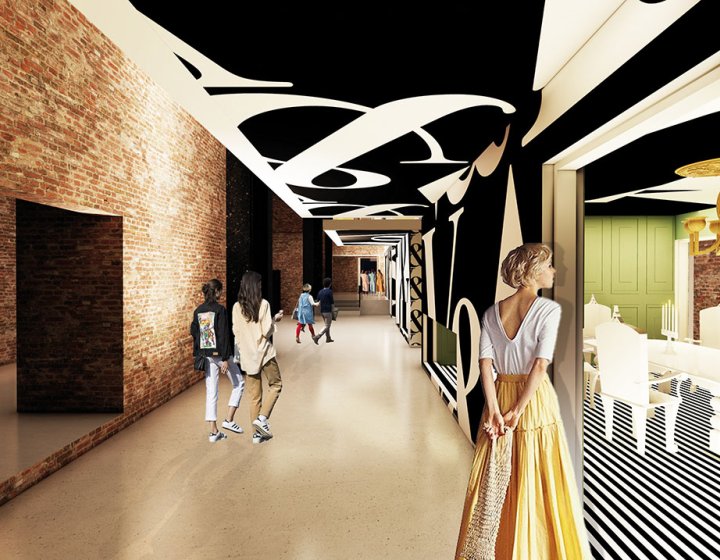The Art of Equilibrium: Just How Interior Design and Home Architect Collaborate for Stunning Results
In the world of home layout, striking an equilibrium in between aesthetic appeals and performance is no little accomplishment. This delicate equilibrium is achieved via the unified cooperation in between interior designers and engineers, each bringing their one-of-a-kind experience to the table. Keep with us as we check out the ins and outs of this collaborative process and its transformative influence on home style.
Comprehending the Core Differences In Between Interior Design and Home Style
While both interior style and home style play important duties in creating visually pleasing and useful spaces, they are inherently various techniques. It deals with the 'bones' of the structure, working with spatial measurements, load-bearing wall surfaces, and roofing system styles. On the various other hand, indoor design is a lot more worried with boosting the sensory and visual experience within that framework.
The Harmony In Between Home Architecture and Interior Style
The harmony in between home architecture and Interior Design hinges on a common vision of layout and the improvement of functional looks. When these 2 areas align harmoniously, they can transform a home from normal to phenomenal. This collaboration requires a deeper understanding of each discipline's principles and the capability to create a natural, cosmetically pleasing atmosphere.
Unifying Layout Vision
Linking the vision for home design and indoor style can create an unified living area that is both useful and visually pleasing. It promotes a collaborating approach where building elements enhance interior layout elements and vice versa. Thus, unifying the layout vision is vital in blending style and indoor design for sensational results.
Enhancing Useful Looks
How does the harmony between home design and Interior Design improve useful aesthetic appeals? This harmony enables the production of spaces that are not only aesthetically appealing however additionally conveniently useful. Architects lay the groundwork with their structural style, ensuring that the space is efficient and practical. The interior designer then complements this with thoroughly picked aspects that boost the visual appeals without jeopardizing the capability. This unified collaboration can lead to homes that are both liveable and gorgeous. For circumstances, a designer could make a house with big windows and high ceilings. The interior designer can then accentuate these features with large drapes and high plants, specifically, hence boosting the visual charm while keeping the functional advantages of all-natural light and spaciousness.
Relevance of Partnership in Creating Balanced Spaces
The collaboration in between interior developers and designers is pivotal in developing balanced rooms. It brings consistency between layout and design, giving birth to rooms that are not only cosmetically pleasing however also useful. Exploring effective collaborative approaches can offer understandings into just how this synergy can be properly achieved.
Balancing Layout and Design
Equilibrium, a necessary element of both interior design and architecture, can just absolutely be accomplished when these two fields job in consistency. This collective process results in a cohesive, well balanced style where every aspect adds and has an objective to the total aesthetic. Harmonizing layout and style is not just about developing lovely areas, but about crafting rooms that function effortlessly for their occupants.
Successful Collaborative Approaches

Situation Studies: Effective Integration of Layout and Design
Analyzing numerous situation studies, it ends up being obvious just how the successful assimilation of Interior Design and style can transform a room. The Glass House in Connecticut, renowned for its minimalistic style, is one such example. Engineer Philip Johnson and interior developer Mies van der Rohe collaborated to produce an unified balance in between the inside and the structure, leading to a smooth flow from the outside landscape to the inner living quarters. One more prototype is the Fallingwater House in Pennsylvania. Designer Frank Lloyd Wright and indoor designer Edgar Kaufmann Jr.'s collective initiatives result in an amazingly unique home that mixes with its natural environments. These study underline the extensive influence of a successful design and design cooperation.

Getting Over Challenges in Style and Design Collaboration
In spite of the undeniable advantages of an effective collaboration in between Interior Design and architecture, it is not without its challenges. Interaction concerns can arise, as both parties might use different terminologies, understandings, and techniques in their job. This can result in misunderstandings and delays in job conclusion. One more major challenge is the harmonizing act of aesthetic appeals and functionality. Architects might prioritize architectural honesty and safety and security, while designers concentrate on comfort and style. The integration of these goals can be complex. In addition, budget plan and timeline constraints frequently include pressure, potentially creating breaks in the cooperation. Effective interaction, shared understanding, and concession are important to overcome these obstacles and accomplish a successful and unified collaboration.

Future Patterns: The Progressing Connection Between Home Architects and Inside Designers
As the globe of home layout proceeds to progress, so does the connection in between designers and interior designers. On the other hand, interior developers are accepting technical aspects, influencing overall format and capability. The future assures a much more cohesive, innovative, and adaptive approach to home layout, as designers and architects proceed to obscure the lines, promoting a connection that really embodies the art of equilibrium.
Final thought
The art of equilibrium in home design is accomplished through the unified collaboration in between interior designers and architects. In spite of challenges, this collaboration fosters development and innovation in important source style.
While both interior style and home style play vital roles in producing aesthetically pleasing and functional spaces, redirected here they are naturally various disciplines.The synergy between home architecture and indoor style lies in a shared vision of layout and the enhancement of useful looks.Unifying the vision for home architecture and indoor layout can create a harmonious living area that is both useful and aesthetically pleasing. Therefore, unifying the design vision is essential in mixing style and indoor design for spectacular outcomes.
Just how does the harmony between home architecture and interior style improve useful aesthetics? (Winchester architect)
Comments on “Premier Winchester Architect for Unique Home Designs”